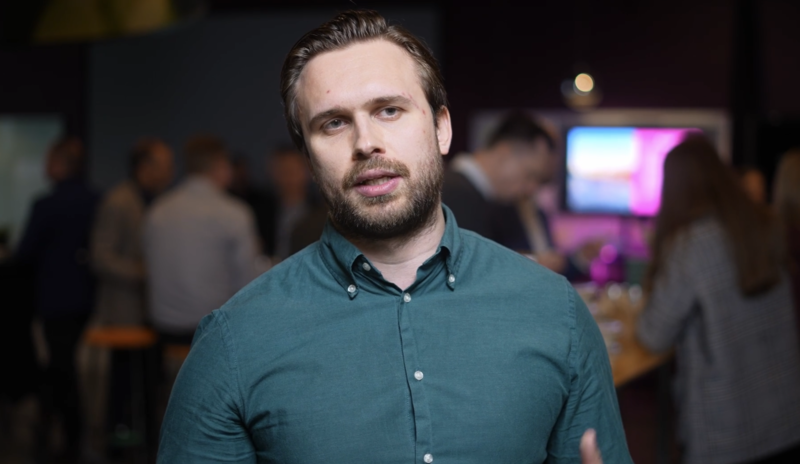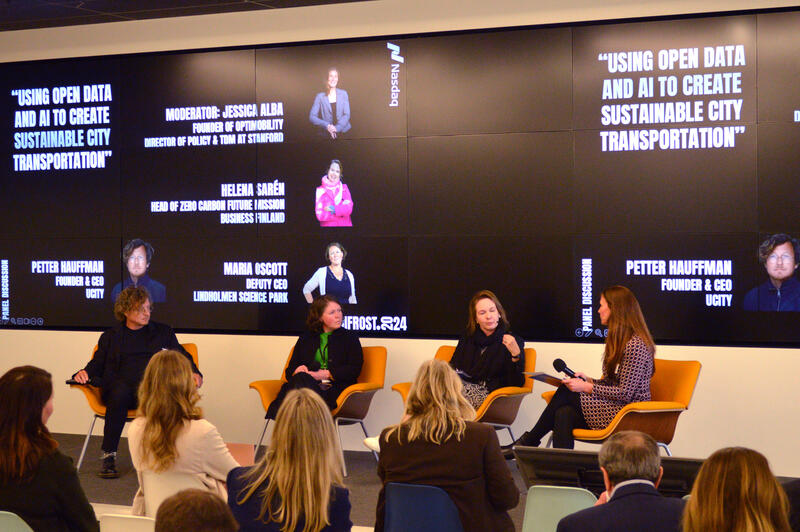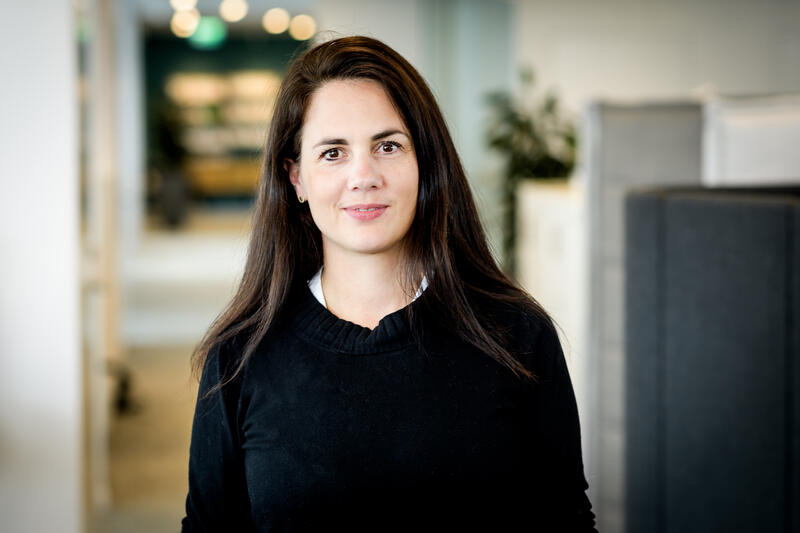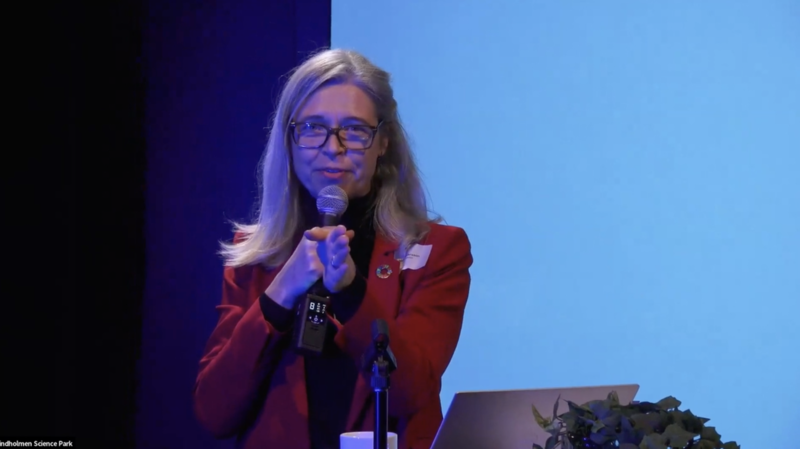Polestar aims to transform electric vehicles into mobile power plants
In the Future Mobility-funded innovation project, Polestar, the Electric Power Research Institute, and the California Energy Commission are developing a roadmap towards the use of electric vehicles not only as loads but also as suppliers of electric power to the grid.

As the electrification of society progresses, there's a challenge: how do we handle the extra electricity demand? Enter V2G (vehicle-to-grid), a technology that turns electric cars into moving power sources.
Polestar, the Swedish electric performance car brand, is teaming up with the Electric Power Research Institute and the California Energy Commission, to work on an innovation project to assess the possibility of using electric cars to give energy back to the power grid. This collaboration seeks to pave the way for implementing V2G mobility services in Sweden and the USA.
Imagine your electric car not just using electricity but also sharing its power with the grid when needed. That's what V2G aims to do by connecting EVs to the electricity grid and unlocking their storage capacity and surplus electricity. This project positions EVs as dynamic solutions to electricity demand, not mere contributors to the problem. For example, the average car is parked 90% of the time. That means a fleet can, beyond consuming electricity, actually contribute to the power grid’s stability, when the cars are not needed for transportation.
This feasibility project is a crucial step to make V2G services a reality and is tailored specifically for the Swedish automotive industry and the dynamic state of California. By the project's end, a detailed implementation roadmap will guide future initiatives in this field.
The project’s team will also discuss future collaborations with a focus on the execution of the roadmap. The Polestar team will reach out to a wider audience about this project via channels such as the Swedish Electromobility Center. In addition, Polestar will share the insights from the project with other actors in Sweden and Europe, e.g., Vattenfall and Svenska kraftnät. Electric Power Research Institute and the California Energy Commission will also use their network to inform the US public about this project.
This project is made possible through funding and support from Future Mobility, a neutral innovation platform facilitated by Sweden's Innovation Agency, Vinnova, and Lindholmen Science Park. Future Mobility catalyzes research and innovation collaboration within sustainable mobility between the US and Sweden. With dedicated resources in both countries, the Future Mobility initiative aspires to lower the thresholds to collaboration and support the development of impactful, forward-thinking projects like this one.
Connect with Future Mobility
Innovative network: Join a dynamic community of forward-thinkers, visionaries, and industry leaders passionate about shaping the future of sustainable mobility.
Research and innovation collaborations: Future Mobility specializes in fostering partnerships that transcend borders. Whether you're from Sweden or the United States, we can help you find the ideal counterpart for research and innovation ventures.
Financial support: We believe in turning ideas into impactful realities. If you have a promising collaborative project idea, we can help you look for potential funding opportunities.
Contact us
Ready to take the next step? Start a conversation with Hans Pohl or Jan Hellåker today to discuss how Future Mobility can be the catalyst for your next project.


Jan Hellåker

What we offer actors in Sweden

What we offer actors in the United States
Newsfeed
Our innovation projects

A Design Framework for Women-Centered Mobility Hub

Advancing mobility through sustainable, robust, and innovative battery technology

AI Aware
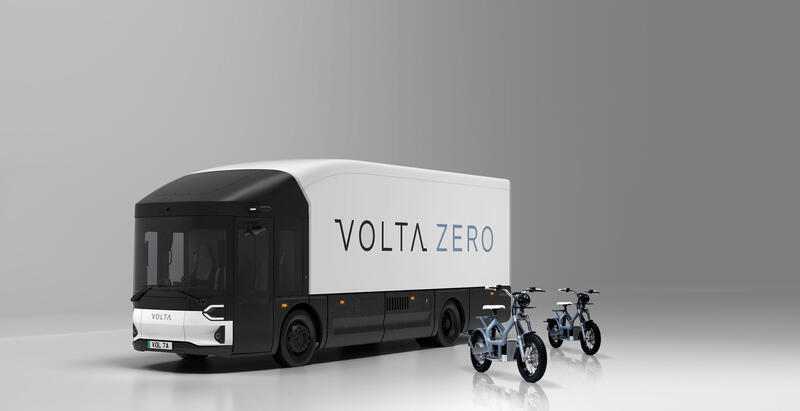
Carbon free zone for transportation of goods in San José

CyberMAP

Exchange for more BETs

Implementation Roadmap for Swedish Automotive Vehicle-to-Grid Services in California

JustFuture

Shared Standards for Shared Mobility

Sustainable and low-cost methodologies for manufacturing high-performance composite materials

Sweden California CoLab

The Street Value Tool

Transatlantic Cooperation for Leveling Up MaaS

Transit Oriented Development (TOD), mobility hubs and Shared Autonomous Vehicles (SAVs)

Triggering Regional Accessibility and Networks for Sustainable Intelligent Transportation


